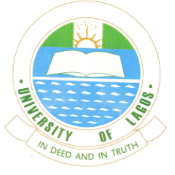The Kahawa Declaration: a manifesto for the democratization of medical technology
DOI:
https://doi.org/10.15641/ghi.v1i1.507Abstract
Most medical technology is employed and accepted passively by patients and doctors who have little or no influence in its design or usability. Patients are not involved in the development of medical technology, which is undertaken behind closed doors and whose global impact is hindered by proprietary know-how and by costs. This has so far impeded equitable healthcare as most of the world does not have access to the technology or healthcare coverage. Understanding the relevance of international partnerships for achieving the Sustainable Development Goals, feeling specially committed to the promotion of the Goal on “Good Health and Well-Being”, and convinced about the role that open-source biomedical engineering approaches may play in the future of medical technology, we commit ourselves, through the Kahawa Declaration, to enlighten the transformation of the biomedical engineering field, towards the democratization of medical technology as a key for achieving universal equitable health care. This paper presents the content of the Kahawa Declaration, which was signed in Nairobi in December 2017.
Downloads
Additional Files
Published
How to Cite
Issue
Section
License
Copyright (c) 2018 Arti Ahluwalia, Carmelo De Maria, Andres Diaz Lantada

This work is licensed under a Creative Commons Attribution 4.0 International License.
Global Health Innovation is an open access journal, and the authors (copyright owners) should be properly acknowledged when works are cited.





